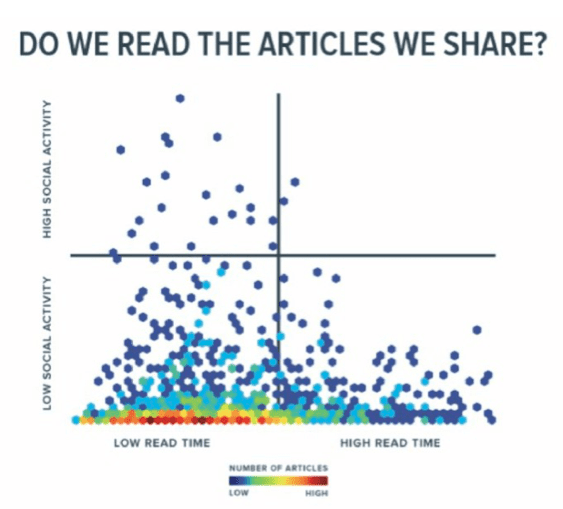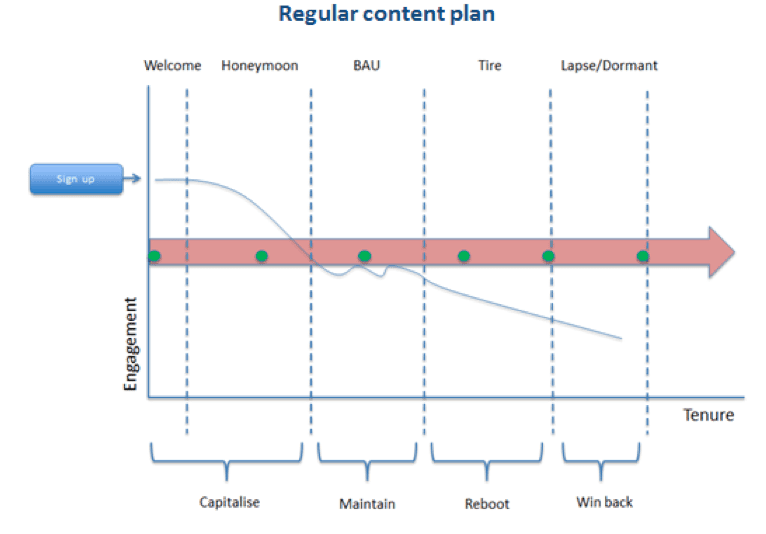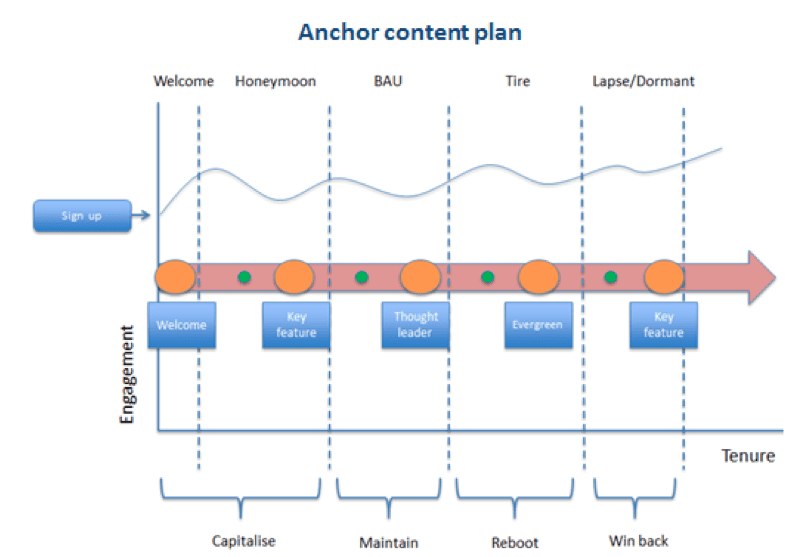How to build your content marketing strategy?
When the Content Marketing Institute (CMI) recently surveyed businesses about the state of their content marketing strategies, the findings were revealing – nearly two-thirds reported that their organisations did not have a documented strategy. However, for those working in the industry, this statistic wasn’t a great shock.
‘I continue to look at that number and shake my head!’ says Joe Pulizzi, Founder of the Content Marketing Institute. 'It doesn’t surprise me, though. I do speeches every week and I’ll ask them that question: how many of you have a documented content marketing strategy? And I’ve never gotten more than 40% of the audience responding ‘yes’, even in what I would call advanced audiences.’
Yet with the CMI study also revealing that those with a documented strategy were more effective in nearly all aspects of content marketing compared with those who did not, this is clearly an area that should be prioritised for improvement.
Download Expert Member resource – Evaluating Content Marketing ROI Guide
This guide is aimed at helping you improve your confidence in the value of content marketing by stepping you through a range of techniques to help marketers evaluate and prove their content effectiveness. These techniques will help you to prove to your colleagues or clients which content types and distribution techniques are most effective.
Access the Evaluating Content Marketing ROI Guide
'A properly structured, well researched, and defined content marketing strategy is not only highly desirable, it is an essential ingredient to a business’s success,’ emphasises Adam Vowles, head of content and outreach at SUSO Digital. 'The strategy needs to be interwoven into every step of a content marketing campaign and form the backbone of the decision-making process.
'The strategy allows management and decision-makers to clearly understand the bigger picture. This gives marketer’s increased breathing room during the critical early stages of the campaign e.g. moving targets from unaware to aware.’
Jamie Toward, Head of Content for MEC, adds: 'Most brands are looking to establish an ongoing relationship with target audiences to convert them into long-term customers. Without a robust strategic framework marketers are unable to increase the richness of that relationship over time, to create more of what their audiences respond to and to deliver it more effectively. Taking a tactical approach never allows this richness to be achieved and a series of unrelated tactical activities means brands never learn how to make things better next time. Without a strategic framework that allows brands to learn, tactical activations simply represent wasted investment.’

What to consider when planning your content strategy?
Audit
A good place to start is to establish what content marketing capacity the organisation already possesses. This could involve a content audit, allowing an organisation to understand the sources, nature, subject, relevance, timeliness and format of the content they already possess. But this is only half the process, because understanding what you’ve got is not the same as understanding what you need.
'To achieve that, there’s a need to interrogate the analytics of how the current content is performing, to conduct quantitative and qualitative research into what content the desired audience consumes, how they consume it and how it changes their behaviour,’ explains Toward.
'By understanding this, it’s possible to complete the gap analysis and create an editorial lay down over time that will deliver what the audience wants, while threading the brand message through the content.’
This work alone isn’t enough by itself to prepare you to develop a content marketing strategy, however. It needs to be coupled with a stakeholder audit which allows brands to understand why stakeholders in their organisation are producing content, how they’re producing, for whom and crucially how they intend to distribute it.
'By conducting this audit a business will understand its internal landscape; capabilities, skillsets, technical platforms and existing processes,’ continues Toward. 'Completing this work will allow a business to create a single, cogent, process for the extraction and creation of data driven insight, in turn driving both creation and distribution and ultimately leading to success measurement and ongoing optimisation. Without this process design, marketers will find themselves continually mired in tactics, and failing to reach the value growth over time that can be achieved through a powerful content marketing strategy.’
Targets
With this groundwork done, the organisation can now start building the strategy by establishing a set of clear targets that it wants to achieve with the content marketing programme. Marketers need to be very clear about the business and communications objectives of the activity at the outset.
'A set of clearly defined goals and targets gives the campaign validity as it gives a set of criteria to measure the level of success. This is turn allows opportunities to be built upon in future campaigns,’ says Vowles. 'Even the biggest companies have to be highly targeted with their content marketing. A ‘one size fits all’ strategy simply does not work. Make your best customers your targets at the beginning and then widen your net once you have additional resources.’
Research
The next step in the strategy is for the brand to ensure that it understands its target audience, as this is essential to ensuring that it can create content that will interest and inspire them.
'To undertake a content marketing strategy you must understand your target market,’ notes Vowles. 'Who they are, what their interests are, what problems they have, what content they like, what content they do not like, what are their passions, what are their dislikes, what your competitors doing, what are successful companies doing in different verticals, and what influences customers in their buying decisions. Once you understand this, the challenge of content marketing becomes a great deal easier.’
This process could involve creating personas for the audience.
Sylvia Jensen, Director of EMEA marketing, Oracle Marketing Cloud, says: 'Define who the people are that you are trying to reach, what is important to them and what action you want to inspire in them by creating target ‘personas’. Put these persona characteristics in writing and keep it front-of-mind as you define your approach.’
Be as detailed as possible. Tools such as BuzzSumo enable businesses to find out what content has worked well in any sector, by highlighting the most shared content on social media. Brands can also monitor forums and industry blogs to understand their audience’s desires, needs and interests. This helps to identify common issues within the industry which can be turned into top of the funnel content.
Remember, solving problems is a great place to start with content marketing as it drives traffic and build trust.
Goals
With this work done, marketers can now drill down into more specific goals, which should then be documented in the strategy.
They should think about what they want the content to achieve. Simply creating content for content’s sake is a poor strategy. They should think about what stage of the buying process is being targeting.
'The ultimate goal is always to convert targets into customers,’ says Vowles. 'However, you need to implement smaller realistic goals such as site visits, capturing an email address or signing up for a free trial.’
Kathryn Dawson, Creative Director at Strategy Digital, adds: 'A content marketing strategy should set out a number of SMART (specific, measurable, actionable, relevant and time-specific), objectives relating to what needs to be achieved, who will complete each activity, within what timeframe and measurements of success.
;Failure to set out these guidelines at the outset and simply rely on a more tactical approach would mean far less opportunity to understand how the methods used are meeting the objectives set out, to optimise those most successful and avoid repeating anything which doesn’t achieve a great deal of traction. Furthermore, a lack of groundwork researching and understanding target audiences and platforms and simply moving from one tactic to another could prove incredibly wasteful through time and effort put into content which gains no traction.’
Interaction
With the customer personas mapped out and the measures of success defined, the strategy can now outline an informed plan of interaction with the audience, planning the content strategy to target them accurately.
A typical journey will take the following steps:
- Unaware
- Aware
- Interest
- Research
- Purchase
Brands should target their campaign to follow these steps and help move the target down the list.
The groundwork that has already been done will also ensure that marketers know the kinds of interaction that are most appropriate throughout the journey.
Vowles explains: 'The research and buying personas should give you an indication of how receptive your target audience will be to different forms of contact. This is completely dependent on your audience and your service. Some customers may find you organically through a search engine, others may click on your ads, and others may be better suited to a phone call.’
As part of this, brands could draw up an editorial calendar.
'Build a six-month calendar based on a mix of keyword-driven topics, and some purely creative ones that your gut tells you customers will appreciate,’ recommends Jensen. 'You will also need to consider the stages of the buying cycle and what channels you want to deploy the content through. Then, as you review your analytics, refine the calendar to deliver more of what appeals to your customers and less of the stuff that isn’t getting traction.’
A robust platform to build your content marketing
Other factors to take into consideration in your strategy should be ownership of content marketing ('Appoint a content leader and build a team,’ says Jensen. 'A good leader will play a crucial role in helping you bring together and manage a strong group of content experts as well as all your other sources of content.’) and ensuring you have a technology platform in place to support your programme ('The content production process currently employed by most organisations has been chaotic and manual, at best, often involving a slew of disjointed tools that lead to work overlaps and missed opportunities,’ warns Jensen.)
With all of this baked into the strategy, the organisation will have a robust platform on which to build content marketing success.
'Developing a robust content marketing strategy is essential as content is now the crucial factor that underpins digital marketing such as SEO, social media, advertising and PR,’ emphasises Dawson.
'A coherent strategy will develop content starting with comprehensive research on the audiences and platforms for sharing the content, then develop it based on the requirements of those audiences and platforms, making it as appealing as possible.’
She summarises: 'A content marketing strategy should first define these audiences, key messages to be conveyed and methods or formats for appealing to them. It will also set out a number of SMART (specific, measurable, actionable, relevant and time-specific), objectives relating to what needs to be achieved, who will complete each activity, within what timeframe and measurements of success.
'Failure to set out these guidelines at the outset and simply rely on a more tactical approach would mean far less opportunity to understand how the methods used are meeting the objectives set out, to optimise those most successful and avoid repeating anything which doesn’t achieve a great deal of traction. Furthermore, a lack of groundwork researching and understanding target audiences and platforms and simply moving from one tactic to another could prove incredibly wasteful through time and effort put into content which gains no traction.’
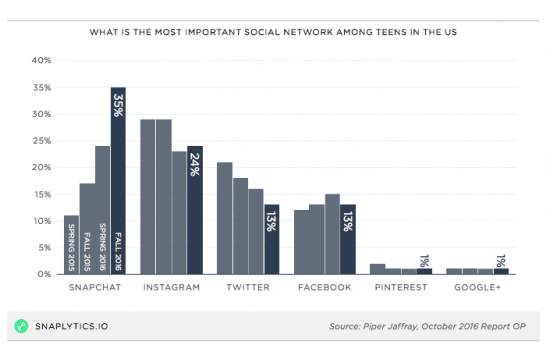
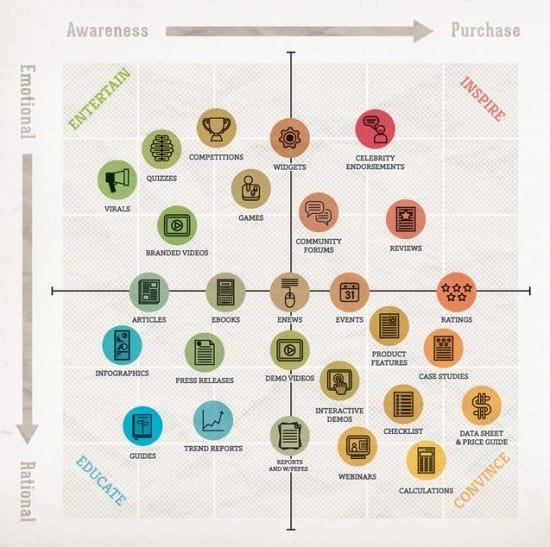

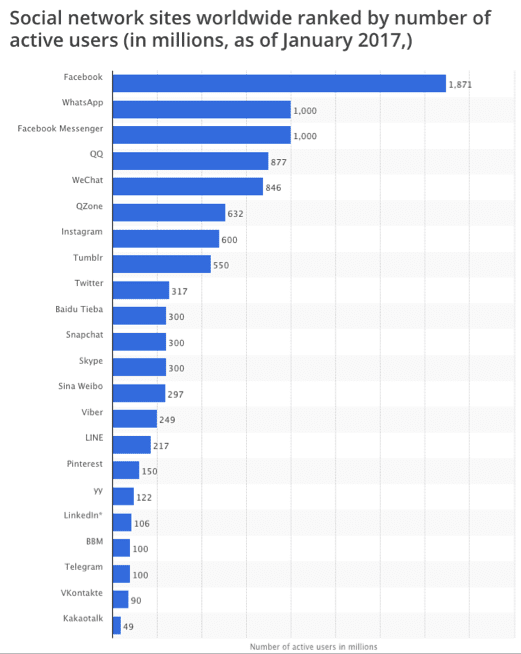

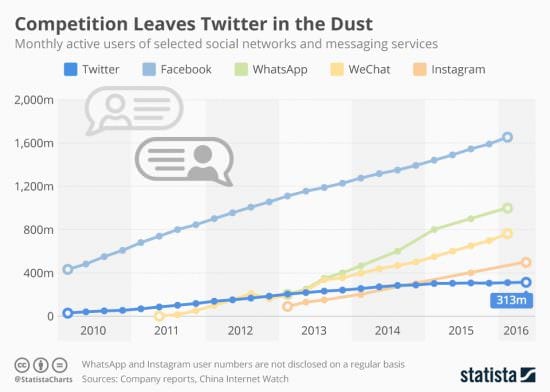
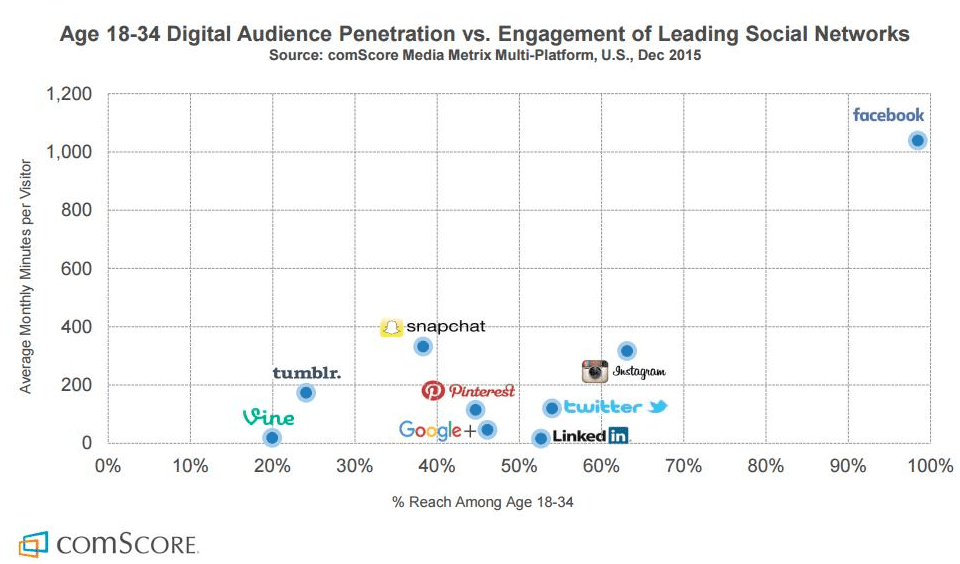
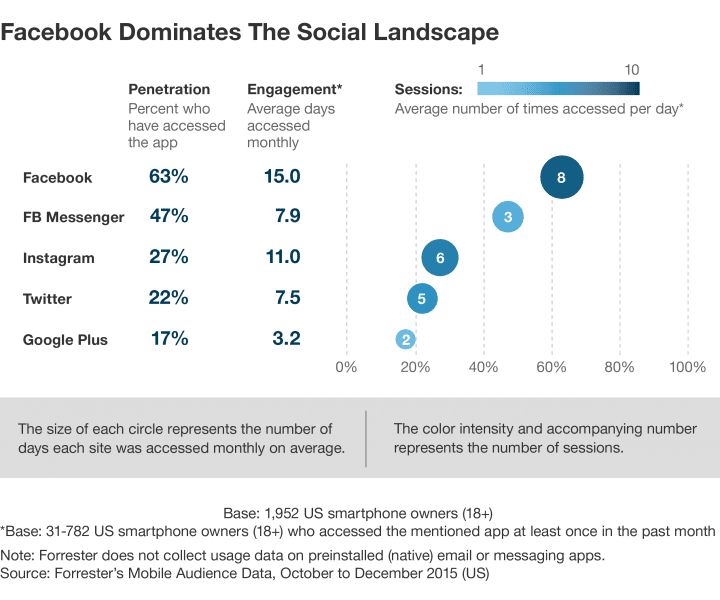
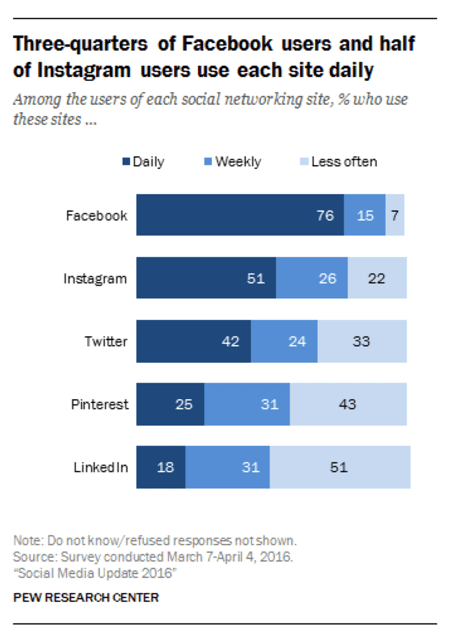
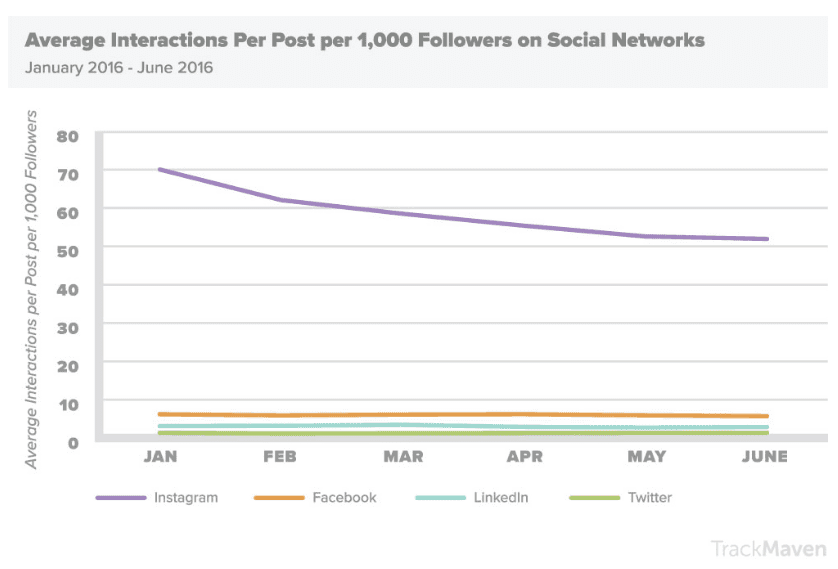
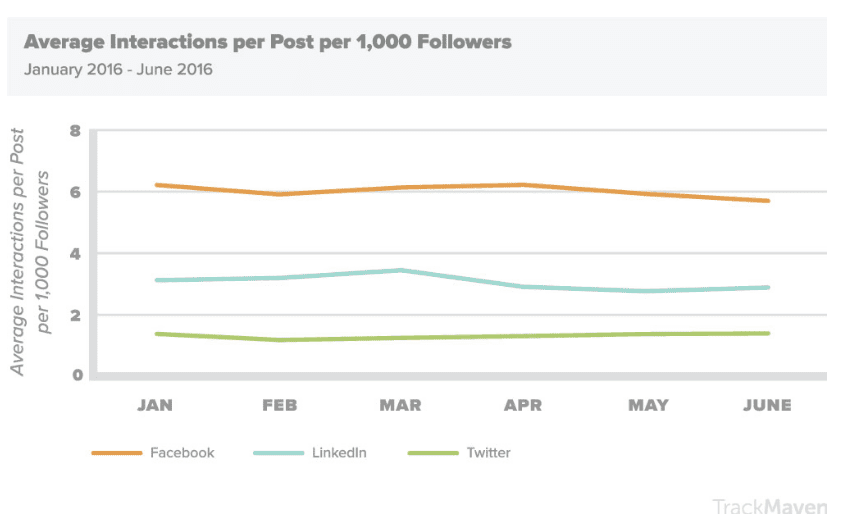
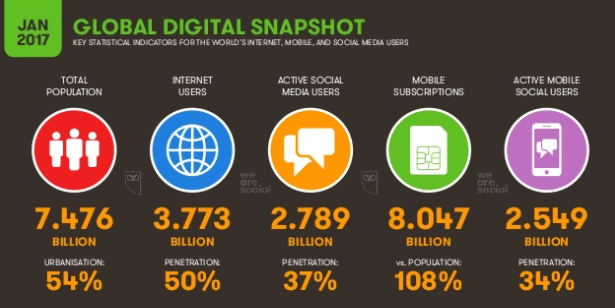
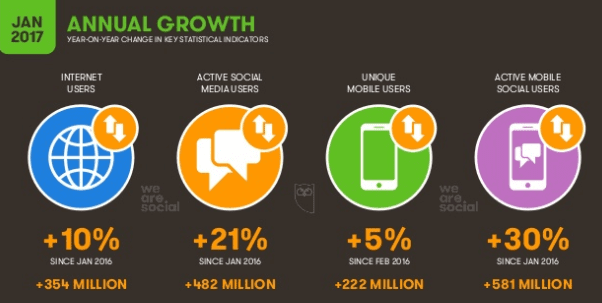

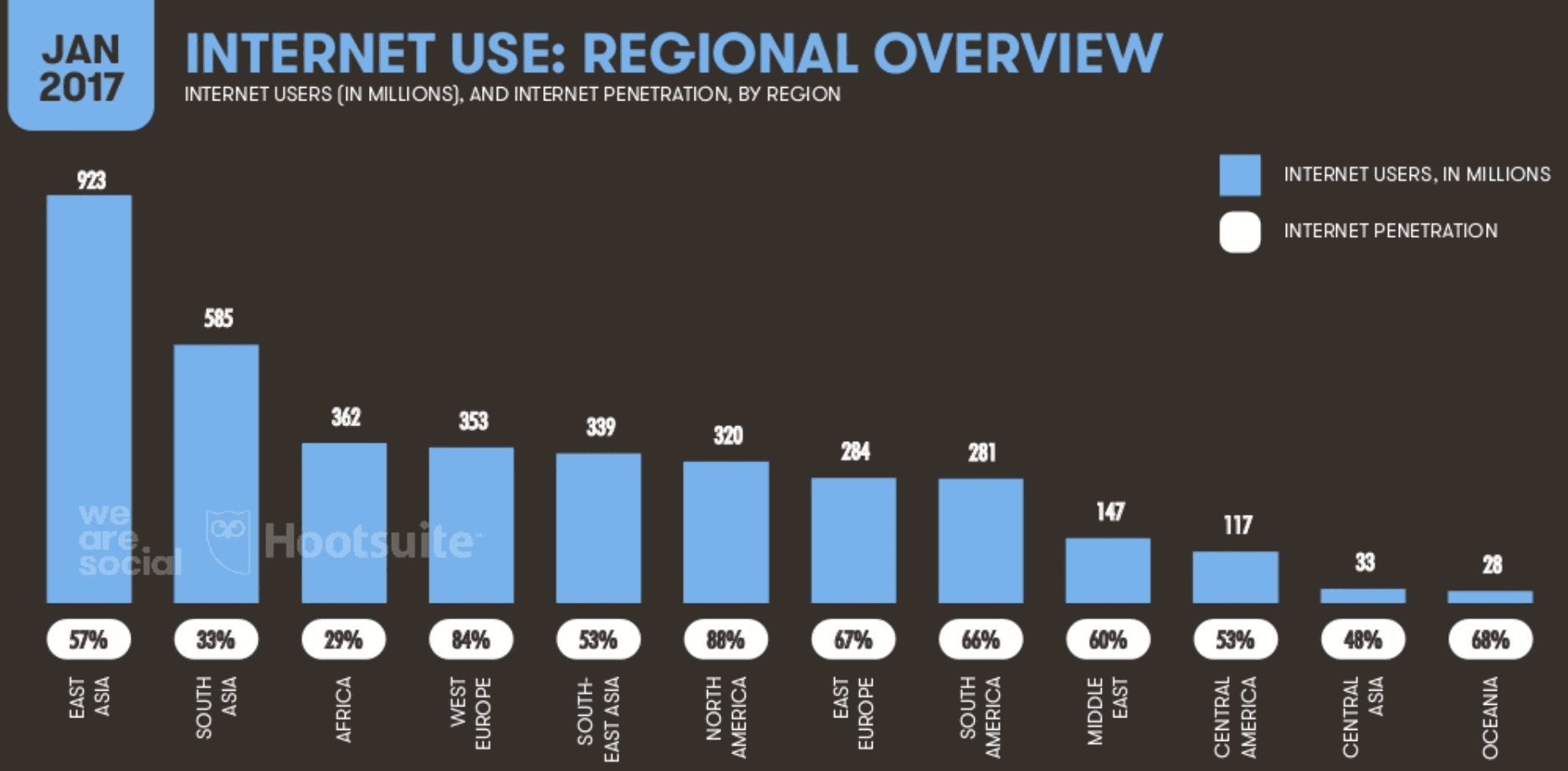
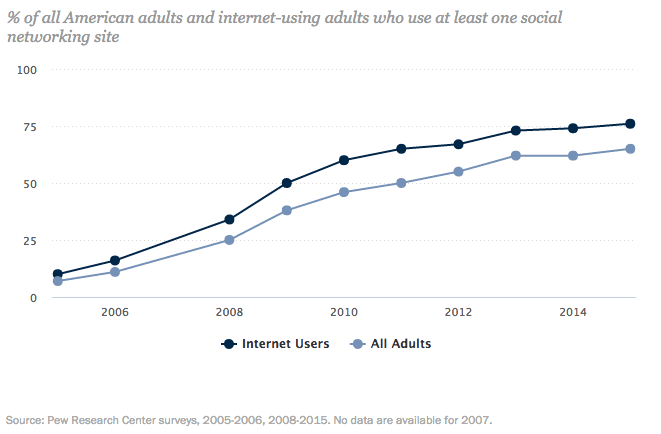
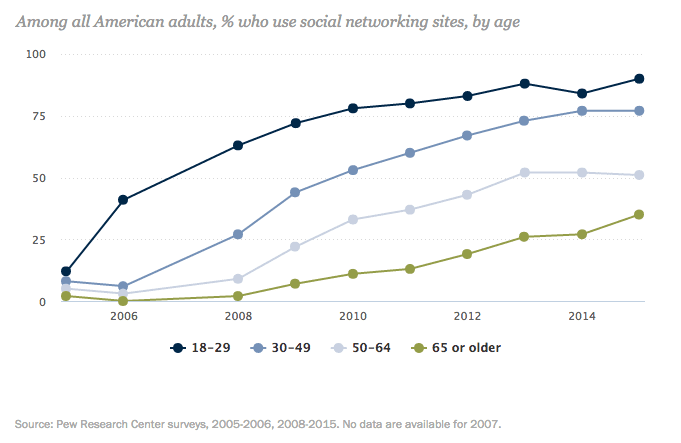
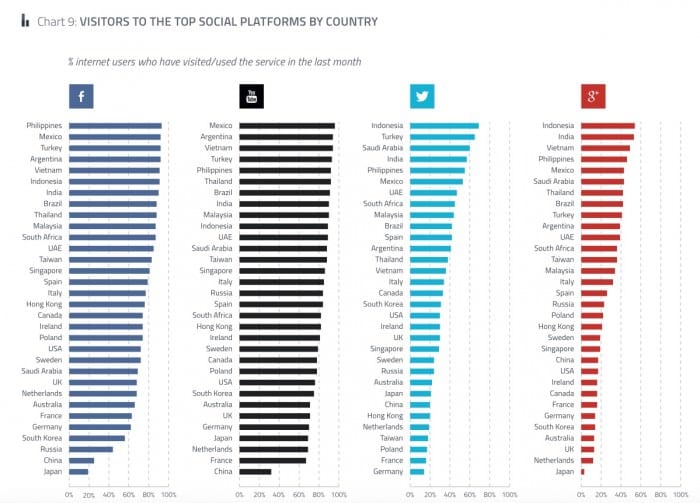
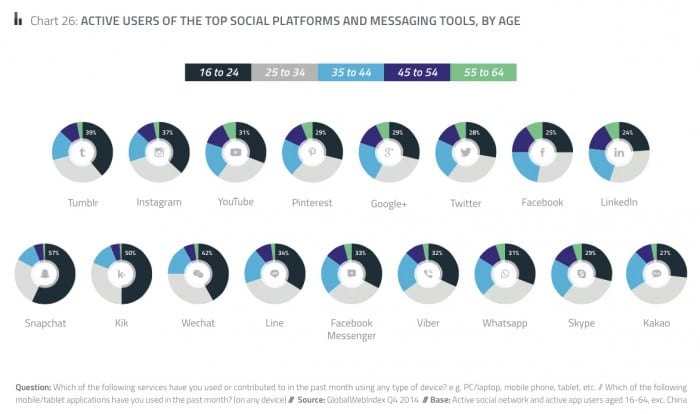


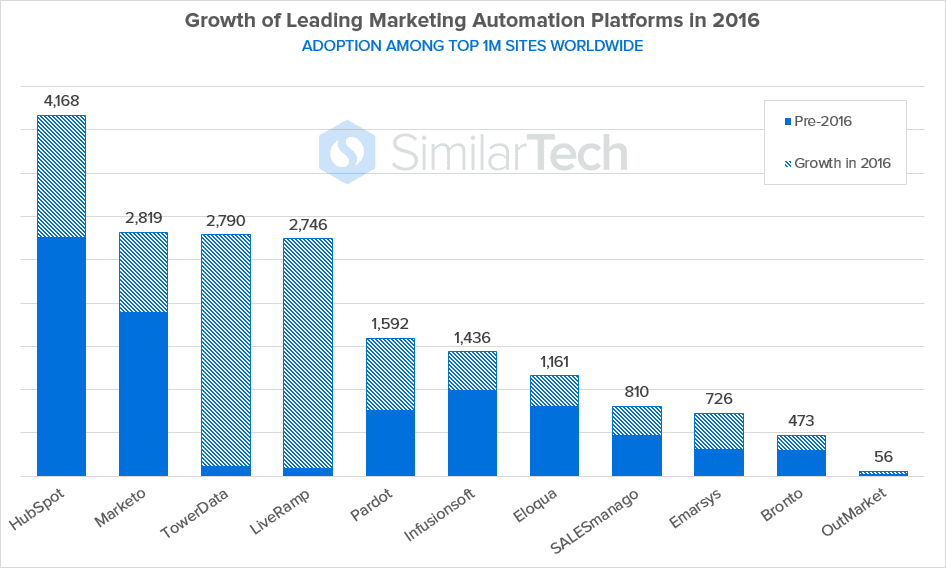
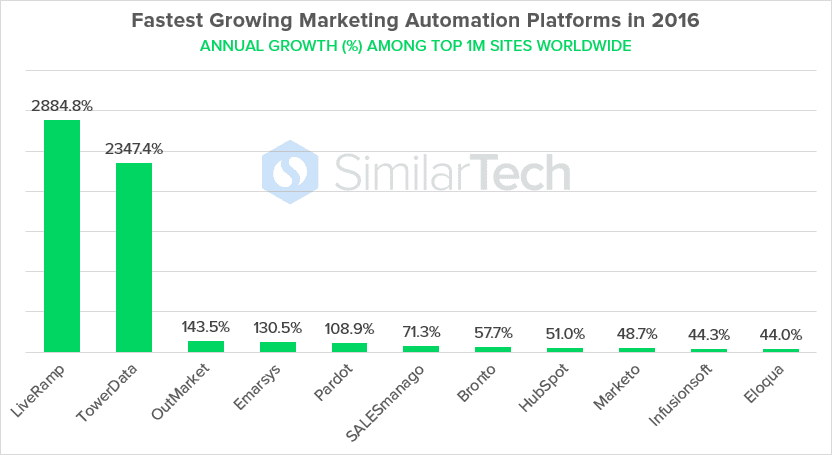
 Thanks to
Thanks to  So, Given all we know about the situation we’re in and its history, is this information likely to be true?
So, Given all we know about the situation we’re in and its history, is this information likely to be true?
